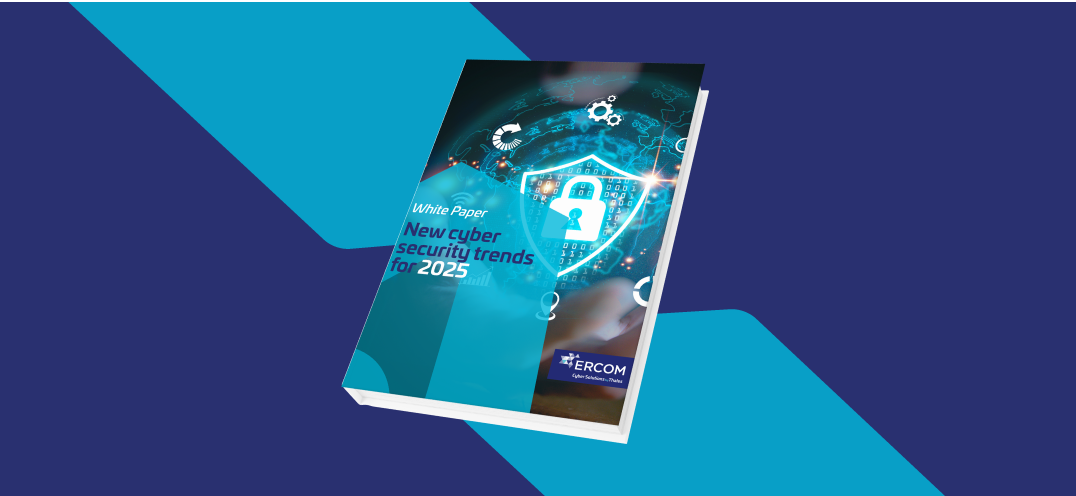Smart cars: Would 5G bring convergence*? [3/3]
Discover in this article, how smart cars what would 5G bring convergence
Speaking at Huawei’s 5G Summit in Munich today, Sebastian Zimmermann, BMW’s head of automotive connectivity and security solutions, said that “improvements over current mobile broadband services were needed to enable fully autonomous vehicles and protect pedestrians, because we need networks that are ultra-reliable, have low-latency and are able to operate everywhere.”
Indeed, fully autonomous cars need a reliable technology that operates even when they are out of carrier coverage. What is acceptable for a roaming smartphone for example, which suffers micro network outages, would be unacceptable when pedestrians’ and drivers’ lives would be under the threat of a network outage. Sebastian Zimmermann has suggested that continuity could be operated thanks to 5G technologies and Device-to-Device (D2D) communication. Unlike Machine-to-Machine (M2M) communication, which relies on a network, D2D does not need one and operates directly (in the same way as multi-directional Bluetooth).
Cars should be able to communicate with each other, with pedestrians and with cyclists, _ the same time they communicate with infrastructures and even with regulation authorities. 5G-network topology will be different from what is known today, with a centralized core network, base stations and objects connecting to the network. In future networks, every object will become a network relay and every single object could be considered as a network base station. Broadband requirements for future connected cars would be 1Gb/s (gigabit per second) per vehicle in wireless transmission, at least a 5G network is then needed to support these streams.
A study conducted by Ericsson on D2D communication extended to LTE specifications, shows that in the 5G era, D2D support should be taken into account from the beginning, which involves peer to peer direct communication of user data between devices, but also mobile devices usage (with Android for instance) as relays to extend network coverage. D2D communication in the context of 5G-networks should be a fully integrated part in the global wireless service rather than an isolated autonomous one, while staying under the network’s control.
Data streams will have to be analyzed in real-time to be able to extract some information, that’s where Big Data steps in. For now, the 5G-technology is emerging, but nearly 15 years will be needed for it to be available for the General public. After creating a new 5G-infrasctructure, the whole car fleet has to change, which will take another 15 years. Then, without an escalation in investments, wanted by public authorities, we are talking about a 30 years perspective (2045). At that point, the natural evolution of technology may have led us to 6G, which means that networks should not be a blocking point in the evolution towards fully autonomous cars…



